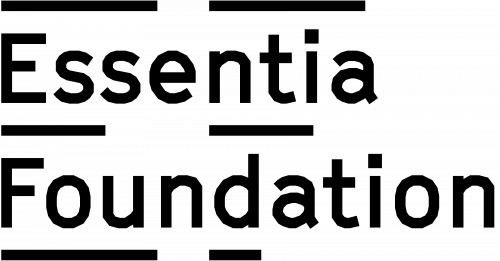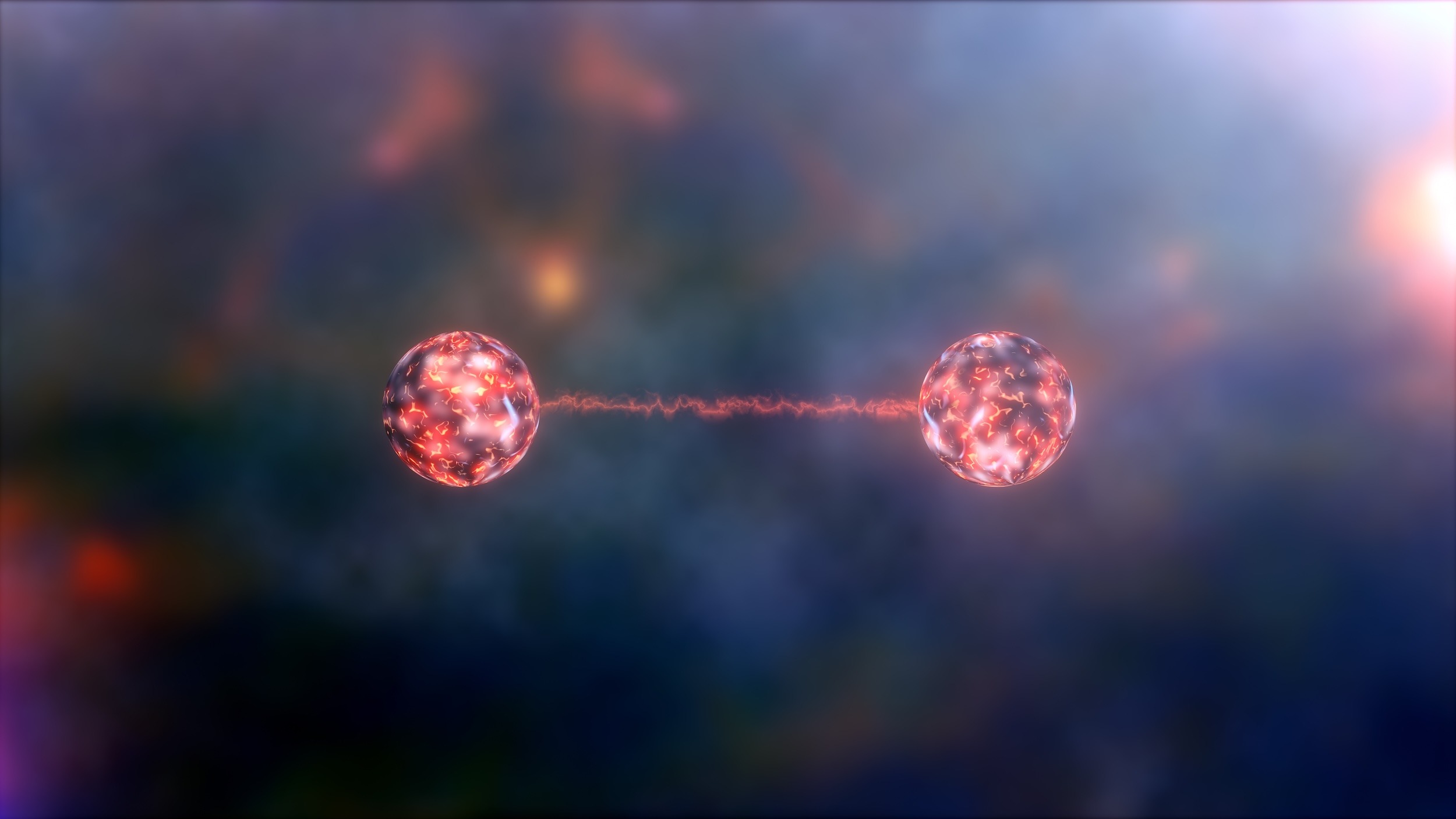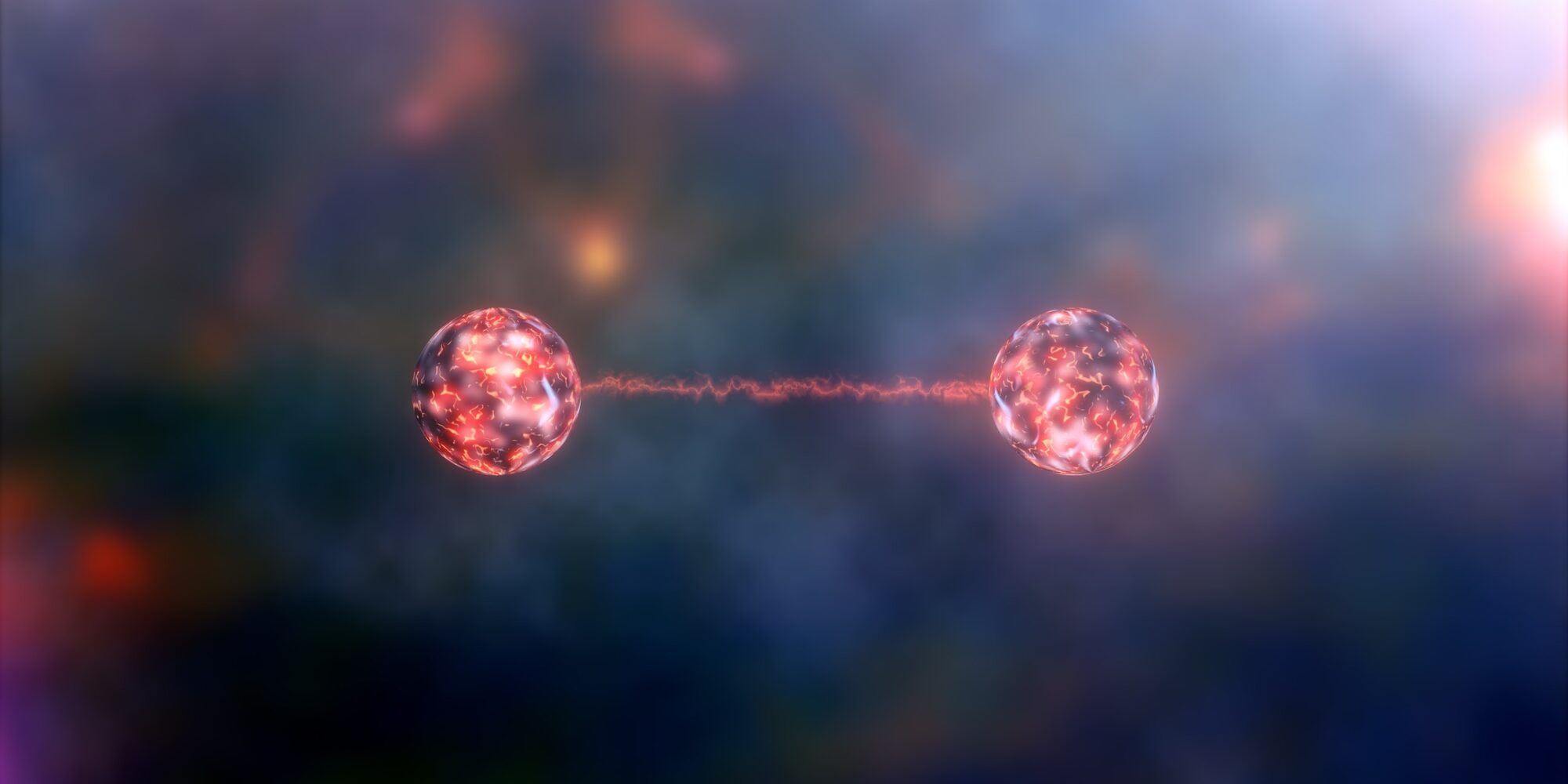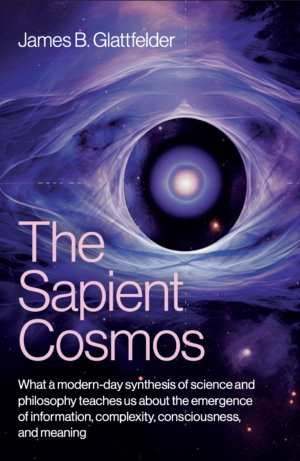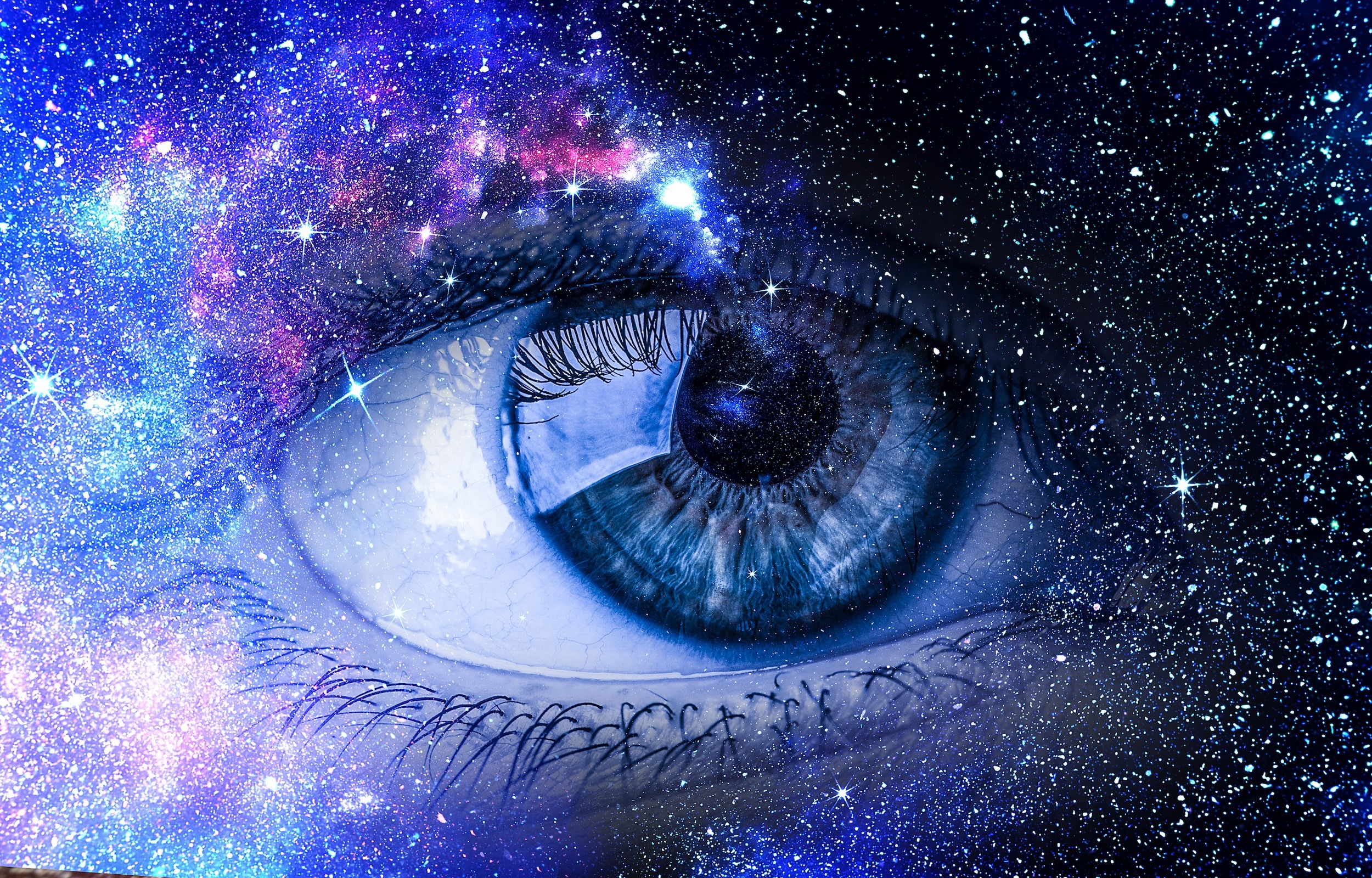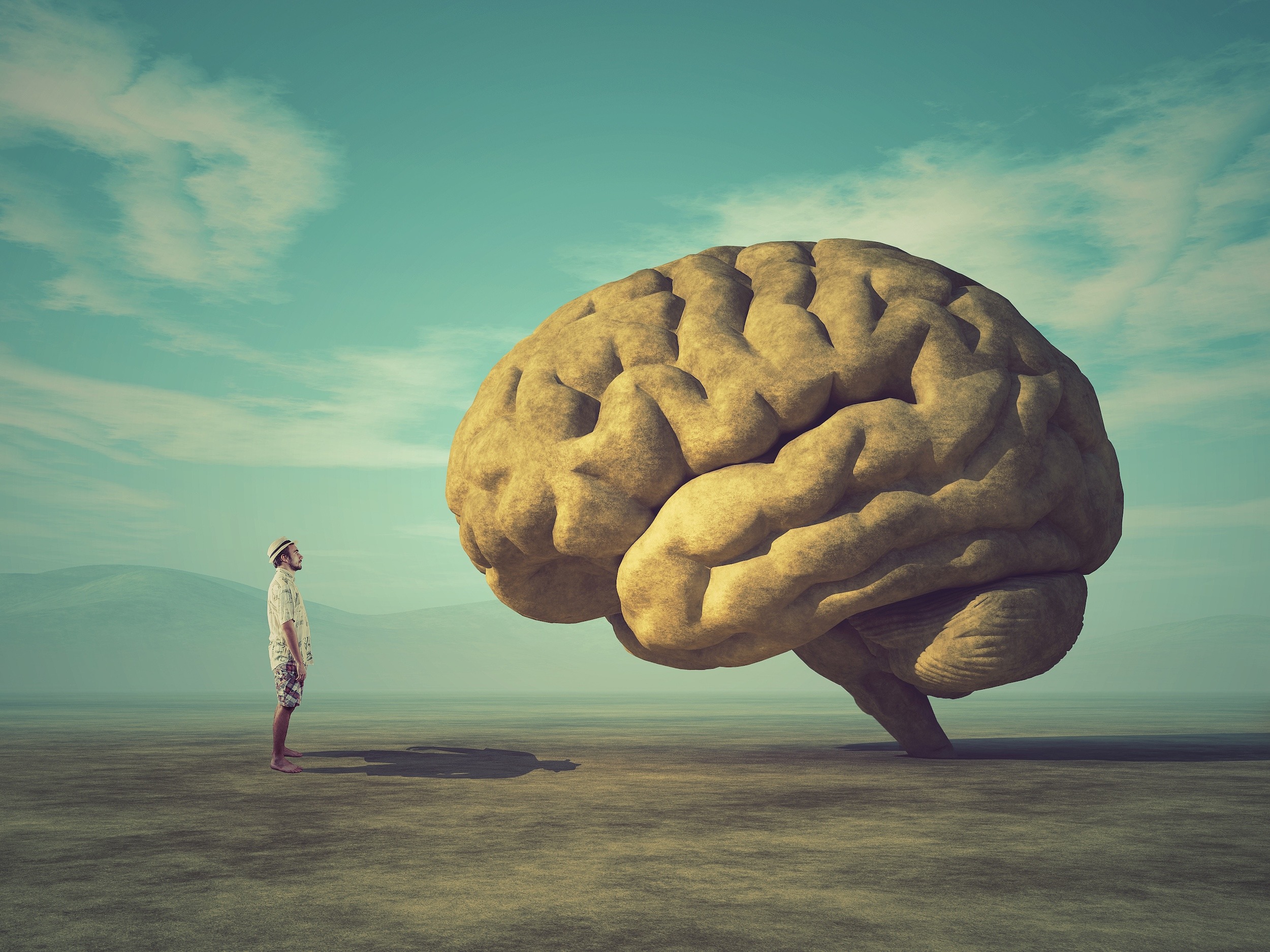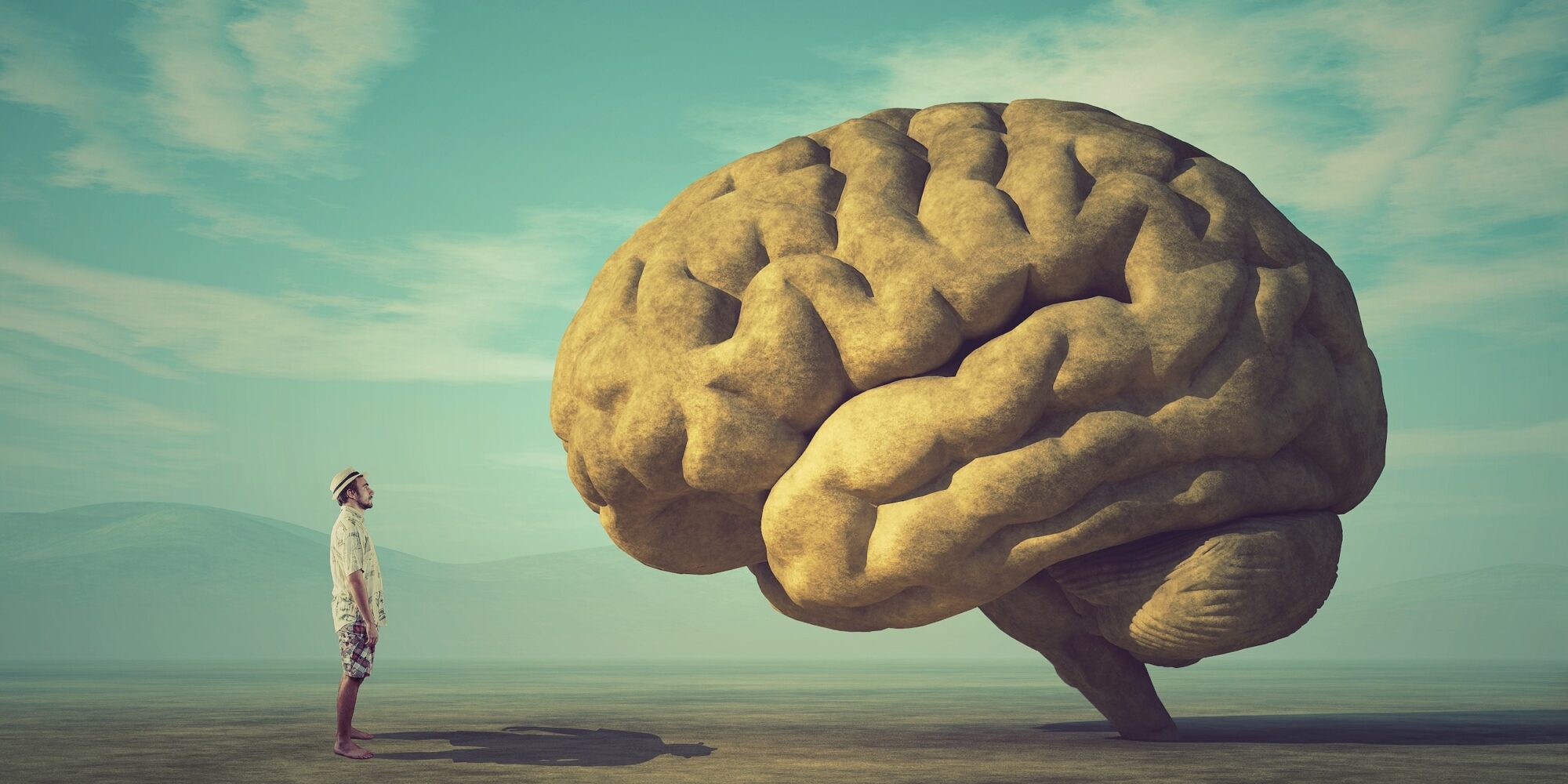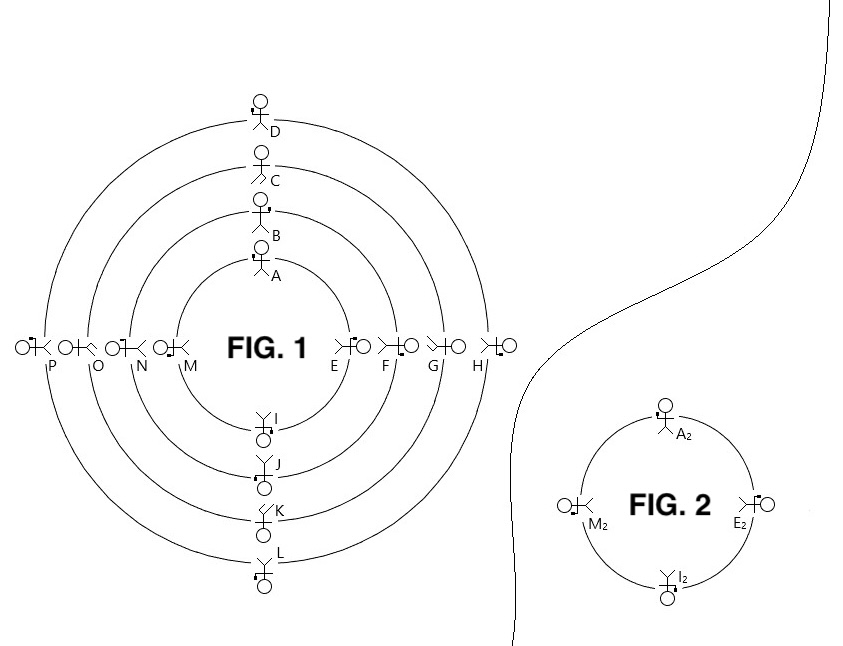Not even language is a ‘language’
Reading | Philosophy
![]() Fredric Nord | 2025-04-19
Fredric Nord | 2025-04-19

Fredric Nord argues that knowing reality through language is fundamentally and inescapably a misunderstanding of reality. We misunderstand what language actually does and, thereby, misunderstand what life is. The key to understanding life is, he argues, a reframing of language and representation. This should end the paradigm of materialism and facilitate transcendence as a priori.
Our misunderstanding of what language is means a misunderstanding of what language does. Our misunderstanding of what language does means a misunderstanding of what life is. The key to understanding life is consequently a reframing of language and representation.
A shadow fallen on an only sun
If the term language is to have any meaning to us at all, it must be in the sense of using signifiers to signify. Language, at face value, implies something to the effect of a particular instance of perception that serves as a representation of another instance of perception. Or, an instance of perception that appears to present as ‘not itself.’ A word is a perception we call ‘graphics’ (for text) or ‘sound’ (for speech). This perception has an experiential component. Yet since the experiential component isn’t a sound/a graphic, we’re faced with ‘a perception that isn’t experienced’ and ‘an experience that isn’t perceived.’
By that simple distinction we’ve uncovered a split in perception. The instance of perception (IOP) that we perceive as a word implies two representations that alter the experience of what is presented. The first is that we see a word where there is only graphics—meaning that the graphics represent a word. The second is that the word implies an experience that differs from itself as IOP. The word represents an experience. Thus a word is an IOP that’s both misperceived and misunderstood. I do realize that this misunderstanding is traditionally understood as the very function of language. Nevertheless, it’s technically a misunderstanding of what is perceived.
The experience of language is achieved by sabotaging the sameness of perception and experience. What does that mean? The sameness of the style of perception called seeing, for instance, simply means that seeing implies the experience of vision but not of olfaction. This confusion of perception is at the heart of language. The experience of language is like perceiving a twig but experiencing it as if it were a rock because it appears to us as a cloud. Not first perceiving a twig, mind you, that we perceive as a cloud because of our linguistic conditioning, only to then ‘translate’ it into the experience of a rock—supposedly by processes in the brain. That is precisely the kind of misconception that will be discussed here.
The symbolic realm
We may simplify this by stating that the act of language means a belief in radical representation. I specify the terminology so, because the notion of representation is layered. I use the term ‘symbol’ in the sense of something not identical in form to that which it represents, but not separate from it either. The symbol is like the tip of the iceberg. We perceive it and we’re technically not perceiving something other than the iceberg. But we’re not perceiving it exactly as it is either. Rather than an instance of perception that represents another IOP, the symbol is an IOP that is given a particular form by the style of perception.
We can say that the first layer of radical representation is symbolic—the graphics remain, but are misperceived as a word. However, the second layer of representation is also symbolic—the word remains, but is experienced as its sense. Radical representation can thereby be understood as two symbolic representations. The word in the primary instance is the symbolic representation of the graphics; the experience of sense in the secondary instance is the symbolic representation of the word. This implies, firstly, that only symbolic representation exist and, secondly, that it’s not really a representation but simply presentation. Which is why radical representation is an illusion. It’s a ‘symbolic presentation-sandwich.’ Two bread-and-butters made fancy.
Since human perception—what we attribute to the bodily senses—is a style of perception, we can state that as far as we can know, we live in a symbolic realm. We cannot know if ‘what we perceive’—by our senses or extensions of our senses—is identical to ‘what is the case’. Nor if we perceive it in the form it really has. We can’t even know if it has a form at all, nor if we do. Yet we assume, by the paradigm of materialism, that we can. And since materialism is based on assumption, it implies a belief system.
This also implies that I could have added a third level of symbolic presentation above. Graphics and sound are themselves relative to human senses and to be understood as symbolic in kind: Language existence means a sandwich of three symbolic presentations. Three layers of split perception.
The unholy ghost
Radical representation is best understood as a style of perception experienced as a form of life. That’s the practical functionality of exchanging the experiential content of IOPs for other IOPs. And that is the style of perception we live by as language beings. The belief in radical representation gives rise to an experiential grammar as it habituates us to read perception as if it were a book. This attitude of language is forced upon us by the displacement and confusion of perception that necessarily follows the belief in radical representation: The tool we utilize in our search for answers is the very reason for the questions to arise. Adding to that, it should be sobering to consider that language can be understood as encryption. The two basic forms of encryption are substitution ciphers and transposition ciphers, which consequently imply the substitution and transposition of characters. Well, that’s what separates radical representation from symbolic life, as well as what separates different languages from each other. If communication was the purpose of language, human life would look very different. If however we accept this notion of language and languages as style/styles of perception, it would look exactly as it does.
The habit of misperception includes the notion that we always conceptualize perception and as such can never experience anything directly, ‘as it really is.’ But as conceptuality is a style of perception, that statement might be rephrased as ‘we always perceive perception and as such can never experience perception as it really is.’ The belief in the prerequisite of conceptual IOPs for the understanding and interaction with non-conceptual IOPs implies the belief that the IOPs called language have magic capabilities. That they can somehow ‘rise above’ other instances of perception. But, again, the twig, the cloud and the rock are different perceptions in their own right. This means that if we indeed conceptualize an instance of perception, we do not experience that IOP at all: We experience the conceptual IOP.
Not only can we have direct experiences of life, we have nothing but. Nothing actually disturbs the sameness of perception and experience. The conceptualization simply exchanges one experience for another. The supposed possibility of radical representation simply means that by offering our attention to a different style of perception we can perceive a different experience to the one at hand. If we perceive a twig and experience the sense of a rock, we’re simultaneously perceiving the sense of a rock where there is no such thing. Doing that implies that when we experience radical representation, the entity that misperceives this must be a superstition too. We cannot break the natural law of sameness. Thus, if language is experienced, something must arise to perceive it. The conceptual experience is perceived by a conceptual self. In order to gain that sense of being ‘risen above’, we imagine into existence a self and a world outside of ourselves.
My hallucinations coincided with reality
A seeming paradox arises while discussing the problem of language belief: ‘How can I explain it using language while simultaneously claiming that language cannot explain?’ I can’t and I’m not. That’s the point. If we didn’t believe that language is the means for communication, I wouldn’t appear to be writing this, and the reader wouldn’t appear to be reading it. How we perceive it is symbolic and not identical to what is actually taking place. Think for example of how a chair is the everyday perception of what can also be understood as a bunch of atoms. If atoms can look like a chair, graphics can look like an argument. The term insight is a revealing word: There’s no explanation here. I’m offering a difference in perception that you may accept or deny. That choice is yours and will define your conceptual style of perception. We make these choices all the time and think of them as knowledge, opinion, identity and whatnot. But they’re basically forms of life since they cannot be separated from how we experience it.
Consider that bodies too are symbolic instances of perception according to the natural senses. We cannot know that the senses are seated in a body, only that we perceive it so. The body is ‘how the style of perception perceives itself’. The notion that we’re identical to our bodies is an assumption too. If we believe that the brain is the focal point of perception, our notion of the brain itself is ‘how a brain perceives a brain according to the properties of a brain.’ Because of the sameness of perception and experience, circular reasoning is a given if we explain IOPs with other IOPs. In fact, the body cannot read. It interacts, and so does the ghost self of language. Which is of course not a thing, but ‘the notion of the body as a separate disconnected entity.’ This notion drives the belief that translation is necessary and lives by it too. So we keep looking for it. One might argue that the body can read because ‘the brain translates these words into meaning,’ but the activity in the brain we assign to translation are IOPs in themselves. They correlate as symbolic expressions, true, but so do the atoms and the chair.
Just like the word is a sandwich of symbolic presentation, so must life be for language beings. So how can we perceive both graphics and words/symbols and interpretation in one and the same form while still adhering to the necessary sameness of perception and experience? By understanding language as a mirror experience of sense perception. The only way radical representation can be experienced is if there’s a mirror realm with a mirror perceiver. This is not as spectacular as it may seem; we perceive hearing and seeing simultaneously too. The difference is that the language sense is a mirroring of natural sense perception; an artificial style of perception that perceives by defining IOPs against each other. The cost is a life form of separation, alienation and conflict.
The ocean of braided rivers
Quantum mechanics is generally considered a way to explain life itself. And since there is a conflict between traditional physics and quantum physics—they seem to be mutually exclusive—scientists might argue that only one of the theories can be true and thus falsifying the other. But which one? Now, there’s a mystery here for sure, but this is not it. What we should consider is the very opposite. What is life even, since it can be perceived in ways that seem diametrically opposed and mutually exclusive?
What we have here is an aspect of the habituated experiential grammar that leads us to imagine IOPs as explanatory of other IOPs. But quantum mechanics is an experience of the very same life we imagine it might explain. The only difference is that the style of perception by which it is perceived is extended by tools. A more practical example of this error is asking the sciences ‘what is sound?’ and get an answer like ‘sound is actually made of vibrations.’ But the discovery merely implies that what we perceive as sound can also be perceived otherwise, via a different style of perception. If the vibrations explain sound, shouldn’t the sound be just as viable an explanation of the vibrations? Say, if instead we were an animal that perceived vibrations but needed tools to pick up hearing? The perspective we have upon a phenomenon decides not only the nature of the explanation and so the alleged nature of the phenomenon, but also what aspect of the same event is to be considered explanatory and what is to be considered explained. Quite randomly, we assign these causal roles to what are actually particular experiences based on particular styles of perception and so interconnectedness and correlation, not causation.
Is the nature of reality water? (Thales.) Fire? (Heraclitus.) Atoms? (Democritus.) Nowadays, the theories follow the fashion of technological and scientific discoveries. Some point to computation, but what might the mathematical style of perception tell us about the nature of reality that is more viable than any other natural style of perception? Are we living in a simulation? What is a simulation, if it is everything we can know? And in relation to what ‘not simulated’ might life be a simulation? Note the fashion, by the way; we only think in terms of computer simulations because we’re a society that utilizes them. Is life energy? Is everything light? No more or less than it is the everyday sense experience you’re having right now. If you ask me, the most valid terminology for the nature of reality is magic. And unless you work in a particular field of science or philosophy, the best way to understand your life is to be attentive to what is at hand for you. To take a step back—be the witness of ‘the experience of perception’ rather than identifying with the ‘perception of experiences.’ In simpler terms: Be present.
Even the scientist studying the collapse of the wave function is a perception of the same nature as the wave function perceived to collapse—whatever they think and write about it, too. The quantum state of an experience, the traditional physics of an experience, the biology of an experience, the concept of an experience, and, well, an experience, are instances of—and by—the same nature, perceived from different perspectives.
Each violin is the other’s bow
The logic of viewing quantum mechanics as causal is akin to understanding the parts of the light spectrum we cannot see as the origin of the light we can. All our models of explanation imply similar misconceptions. They can be functional because they make up forms of life within forms of life. They can also be disruptive for that very reason. Case in point: All human culture and history. Moreover, they have a tendency to clash, and that’s a feature, not a bug. Even the sensible opinion is at heart an incantation for its dichotomy. Especially those we’re emotionally invested in. The point for now however, is that what we believe about life is indistinguishable from how we experience it. The belief in language as IOPs with magical properties short circuits understanding at the level of bodies. Identifying with conceptual IOPs short circuits experience at the level of the body. Meaning that the belief in language causes and maintains the sense of being identical to a body, which is the essence of materialism. Existentialism is a fallacy by the same premises. They are inherently negative mindsets that correlate to negative life forms.
There’s a monologue in Woody Allen’s Deconstructing Harry, in which the protagonist states: “We all know the same truth. Our lives consist of how we choose to distort it.” Indeed. The basic formula for a life form is very simple. Perception equals sameness plus difference. Without sameness, there can be no perception, because a style of perception cannot perceive beyond its own nature. (While eyes can have vision, they cannot hear sounds.) Without difference, there can be no perception either. (Sound cannot hear sound because it is sound.) Difference within what is essentially same can only be brought about by a shift in perspective, involving a kind of mirroring. If eyes could see everything, they wouldn’t see anything. Nor would they be eyes. Without perspectivization, no difference, and so nothing to perceive. I stated that split perception is not possible in terms of materialism, and neither is perception per se. Perception can only exist if there is sameness and difference, but materialism implies only one ‘fundamental substance.’ If a chair is made of atoms and I am too, how could I perceive it? How can water perceive water?
People look to prove the existence of multiverses but that should be what this one is; an ecology of perspectives by which we hold and define each other’s worlds. True democracy, nonetheless, of importance, validity and value. And music; as far from a world writ in stone one can get. Perspectivization allows the difference needed for perception to arise while honoring the premise of sameness. Sameness is an everythingness that must appear to us as nothingness, because it gives itself to be the other against which difference can exist. Yet it envelops us like a sight does its vision. And so we may speak of a metaphysics without physics, one that doesn’t explain by posing instances of perception against each other—assuming and therefore enforcing their separation. The essence of individual forms of life is their perspective on what is. Natural perspectives are shared, while radical representation mirrors this difference to the effect of split perception. Materialism, the loss of meaning, and a life form of alienation and endless conflict are symptoms of that. We heal it by recognizing that it’s a trick of the mind. Like how a stereoscope yields the appearance of a three dimensional image by juxtaposing two photographs: Two realms perceived as one realm, in which language appears to be a language.
